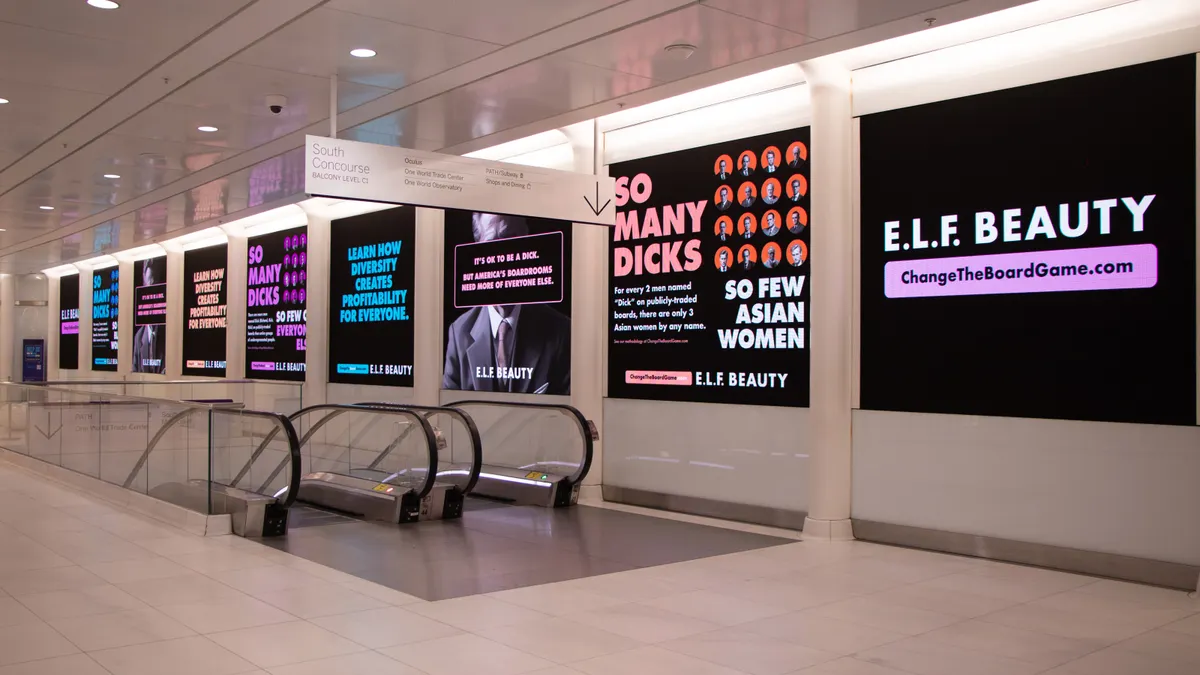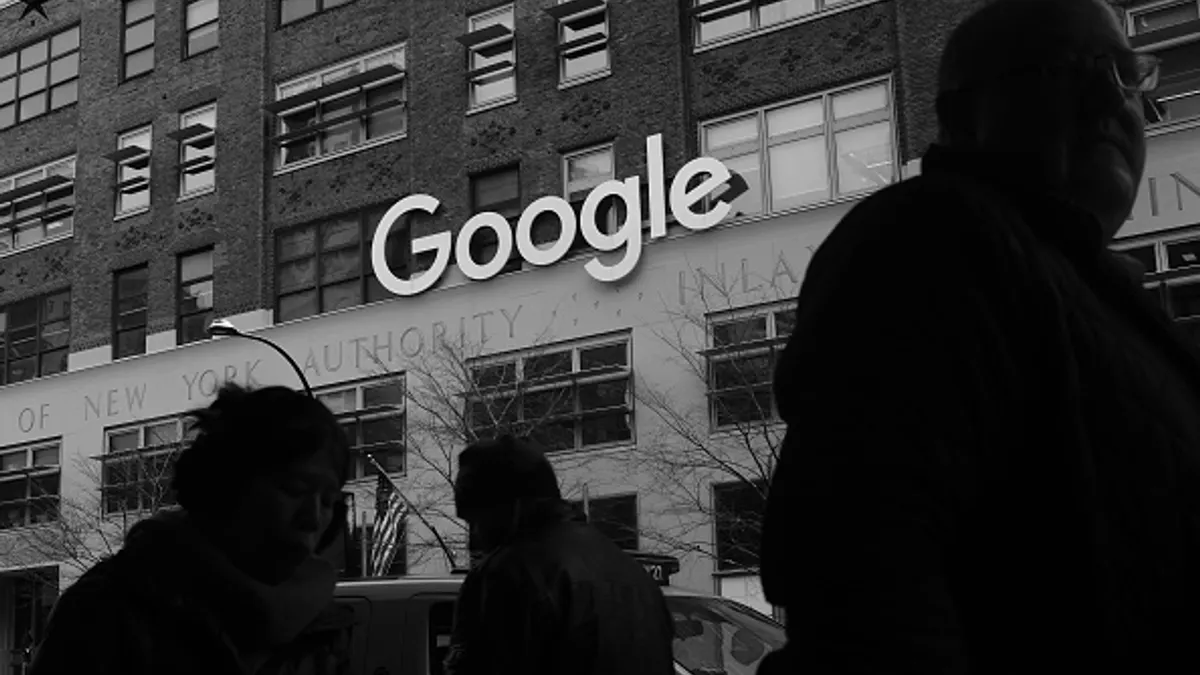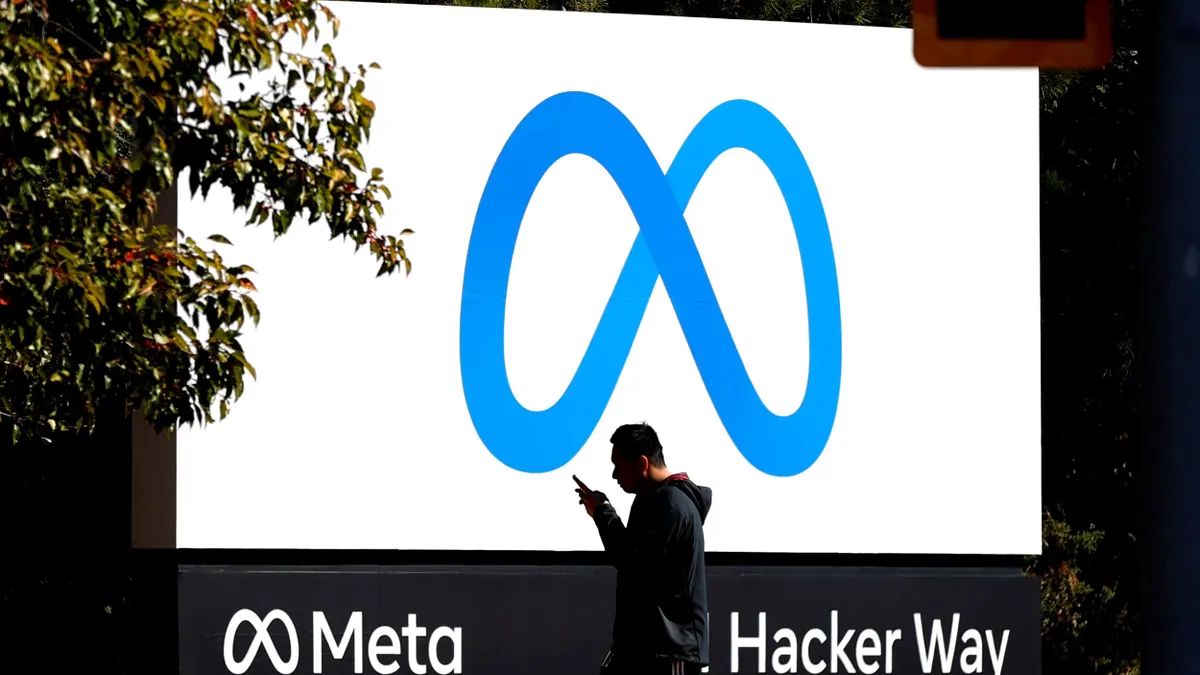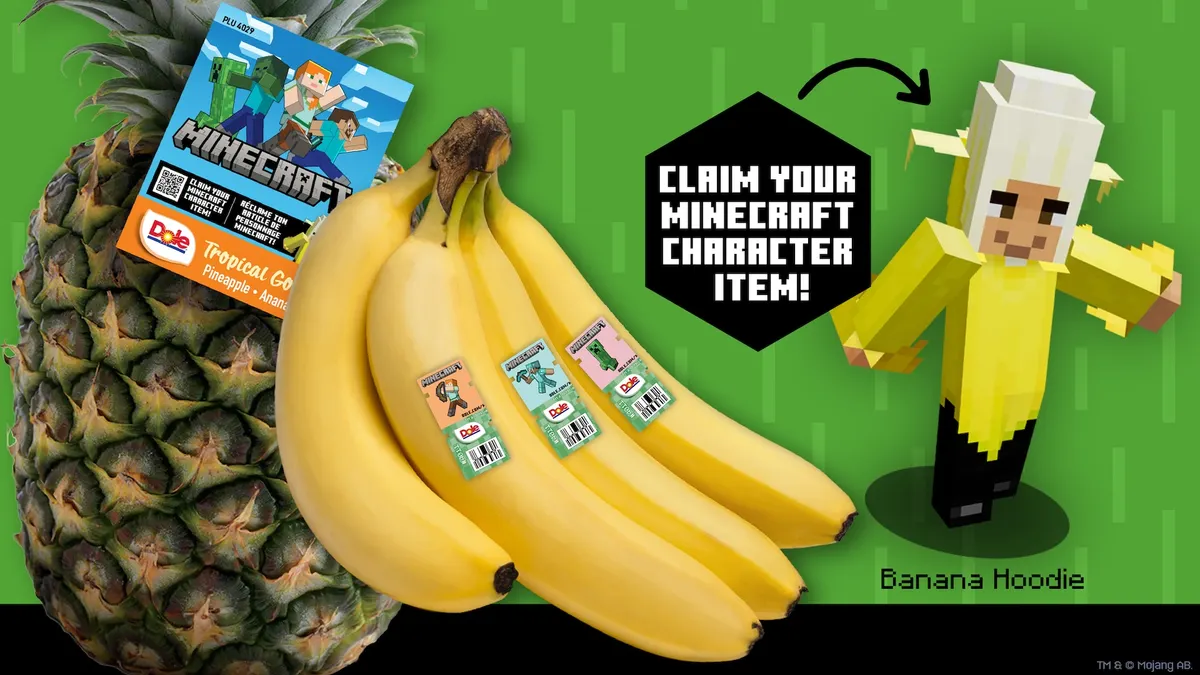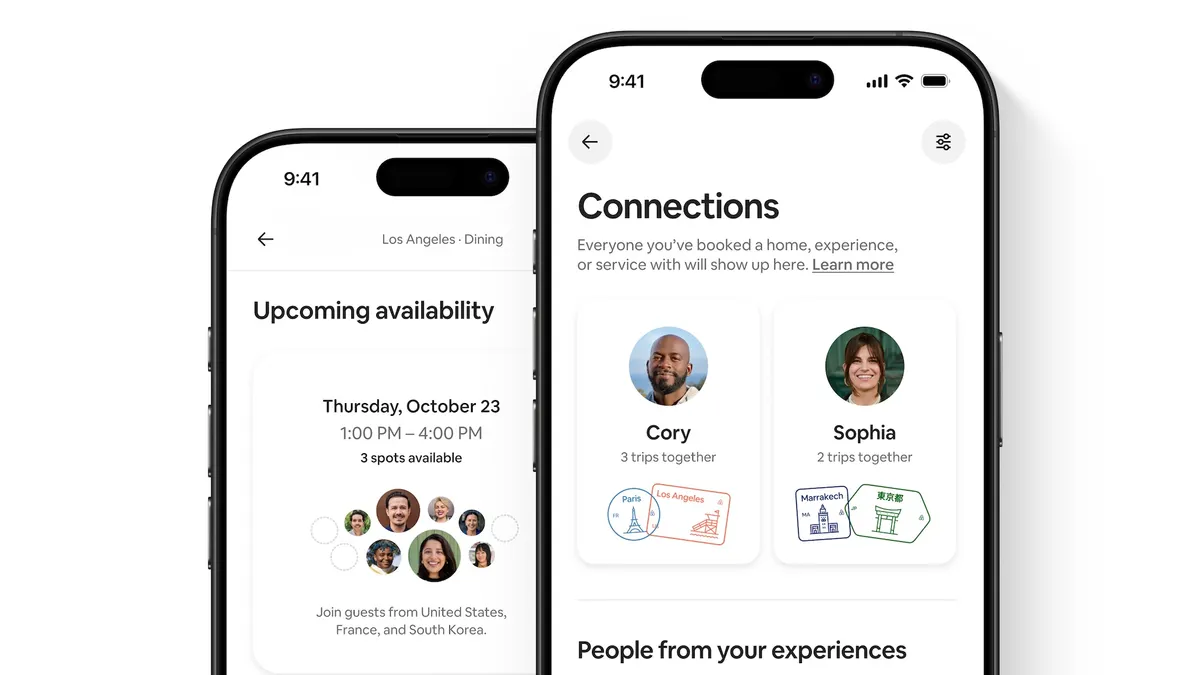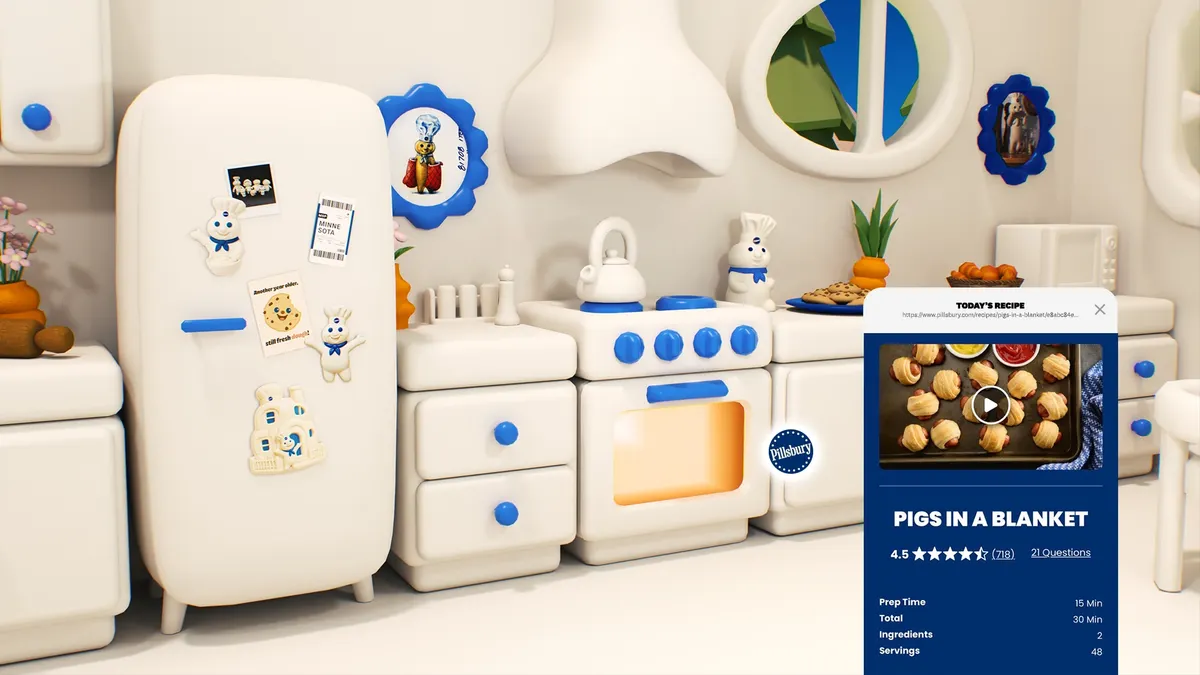Editor's note: The following is a guest post from Luke McGuinness, head of data partnerships at data management firm LiveRamp.
Standard audience segments built on digital identifiers for consumers like cookies and mobile IDs have been a bedrock of digital marketing and advertising for over a decade. But while these predefined segments from third-party data providers have and will continue to provide value, marketers are increasingly turning to custom, people-based segments. Created from unique data sources, such segments allow marketers to competitively differentiate their marketing and improve the consumer experience. And that's only the start of an evolutionary process that will ultimately reshape the way marketers think about and use third-party data.
What's driving demand for better audience segmentation?
There are numerous factors influencing the demand for better audience segmentation: the rise of real-time bidding exchanges that drive up prices; a lack of transparency into audience composition; duplication due to most large data providers offering the same types of segments; and underwhelming attribution, to name a few. The heart of the matter, however, is fairly straightforward. Marketers want to engage in meaningful conversations with consumers. To do this, they need to apply as much context as possible to every interaction. And to do that, they need to understand exactly who they are speaking to, which includes aggregating every possible point of data available about that person to craft the best possible message for their individual demographics and interests.
Because many marketers lack this capability, millions of dollars are wasted on meaningless ads, which contributes to overall consumer ad fatigue. Although 71% of consumers prefer personalized ads over generic ones, the continued adoption of ad blockers suggests that marketers are largely failing to meet consumers' preferences. Now that digital ad spend has eclipsed TV, there will likely be more marketers vying for attention on consumers' personal devices, where they're hypersensitive to brand engagement that's not relevant to their lives.
How are custom, people-based segments improving the consumer experience?
A recent industry study showed that marketers believe building an omnichannel view of consumers is critical to marketing effectiveness. To reach this Holy Grail of marketing, they need more than just their own data and traditional segments from audience information marketplaces — they need highly specialized and unique data sources and information that can be connected back to real people.
Being able to create segments based on unique, people-based data can make a significant difference for marketers. Imagine a carrier seeking to reach mobile users with a 20% discount offer for an iPhone 7. Previously, they would purchase the same "iPhone 7" segment as competitors — not to mention other interested parties like accessory makers and repair shops. Now, they can work with multiple third-party data providers to create a custom audience based on their specific requirements. Instead of wading through segments to find something that's close enough to what they need, marketers can create the exact audience they're looking for using data sets like specific buyer profiles, SKUs, income levels, geography and other demographics.
Marketers can also incorporate their own data, including data on past purchase and campaign performance and app installs. Machine-learning algorithms can uncover the users most likely to respond to the offer, and now a data provider has produced a differentiated data asset: the start of an omnichannel view of the consumer.
But before marketers can apply all this great context, they need to be sure who they're speaking to when they encounter a cookie or mobile ID in a digital channel. Facebook and Google pioneered "people-based marketing" on their own platforms, and with identity resolution, it's now possible to tie third-party data into people-based campaigns across hundreds of digital channels.
So why is this happening now? Until recently, the weeks-long, multi-step, manual process of creating a people-based custom segment dampened the competitive advantage it offers to marketers. Automation and the introduction of machine-learning models have streamlined this end-to-end workflow from weeks to days (or less) and driven the cost of creation down to virtually zero. The evolution and increasing use of third-party data is surging dramatically as a result.
What's next?
Marketers can expect the definition of a data provider to broaden considerably. As more companies realize the value and ease of activating their data outside the enterprise, more companies will become data providers, even if it's only a tertiary focus to their core business. This will likely feed the development of richer custom segments from a wider range of sources than ever before, driving even more marketers to these new data sets. It will also further improve the consumer experience, which benefits everyone in the marketing ecosystem.
The process of building and activating segments, learning from interactions, adjusting and repeating will inevitably adapt to transpire in real time. This will allow marketers to finally deliver the right message to the right person at the right time, something that's nearly impossible today because the "right" message for a consumer depends on the moment in time in which you encounter them. In the future, it's likely that real-time "signals" specific to an individual will replace segments of the population, allowing marketers to apply context gained from third-party data at exactly the right moment needed to boost the chance of influencing brand perception or purchase behavior.
Marketers are eagerly preparing to move out of their proverbial cookie-cutter neighborhoods and finally build custom homes of their own, and a new generation of data owners is waiting in the wings to help them do it with the continued evolution of third-party data and improved consumer experiences.



